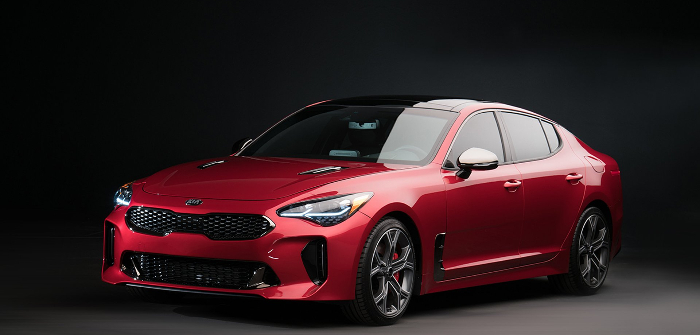It seems like such an obvious thing to state, but man, Hyundai-Kia is going places. Already one of the world’s largest car manufacturers, the foundations of this automotive engineering powerhouse are very much based on absolute and total reliability. “Can I tempt you with a seven-year, 100,000km warranty with that purchase?” says the Kia sales person confidently as he/ she closes in on yet another deal.
Sprinkle into that mix impressive fuel economy, ever low emissions, safety, comfort and affordability, and you’ve really got a winning automotive formula. And now Hyundai-Kia is not just taking on the established Japanese car makers – and winning – it’s also bringing the fight to much-loved European brands, like Ford and Volkswagen.
But for that to happen, Hyundai-Kia cars need to score just as highly on driveability, ride and handling as they do on frugality, durability and safety, etc. And that’s easier said than done. So, after years of building up the product and brands, deservedly winning market share around the world based on all those really good engineering principles mentioned earlier, the Korean car maker has started looking at the next phase: the move upmarket.
This probably comes in part because – and nobody at Hyundai-Kia will officially admit to this they’re worried the Chinese will do to them what they’ve done to the Japanese: provide better value for a product that’s at least as good. But this shift is also partly because Hyundai-Kia has deep, deep pockets and now’s the time for a new challenge.
Welcome, then, Hyundai’s N sub-brand, Kia’s GT badge and the group’s luxury Genesis marque. We’ve been promised sporting, performance and dynamic products and, to be frank, I have no reason to doubt that we’ll get that – and more.
The good engineering folk at Namyang, where the group’s vast and high-tech R&D facility is located, understand that while they have all the expertise in the world to create solid, reliable vehicles, they perhaps lack in experience what it takes to build a hot hatch to chase the likes of a Ford Focus RS or a sports car that can compete with, say, an Audi or BMW.
So an ambitious engineering recruitment drive is in full swing, and headlining the headhunt is none other than Albert Biermann, the former BMW M VP, who swapped Bavaria for Seoul some 18 months ago.
Now essentially in charge of developing performance models at the R&D base in Namyang, Biermann is a likable, approachable and open engineer, who talks a lot of sense.
“We want to deliver Kia vehicles to our European customers that match our sporty, dynamic looks,” says the German. “The way we’re moving forward for Kia in Europe is to focus on the fun, sporty side of driving.”
As expected, Biermann was full of good stories on stuff he’s learned during his short time in Korea, many off-the-record, and a few on. Here is one of the good ones I can reveal: “I had one of my first business trips last year in May, traveling to Germany to visit some suppliers,” he recalls. “Kia gave me a car to drive in Germany and it was the new Optima. I drove it to the supplier meeting, had the meeting, and after that I had to drive back to Frankfurt for a meeting with Kia.
“There, at that internal meeting, they were presenting information about the Optima GT. At that point, in that meeting, I found out the car I was driving was the Optima GT. My reply when they told me that? ‘I don’t think so!’ So we stopped the whole thing and postponed it, and started development again. It was just the Optima with a stronger engine. It was no GT.”
Biermann says the issue wasn’t a lack of engine power with the Optima he drove, just the fact that the overall package wasn’t right. “The engineers didn’t know what a GT is, what it stands for. It was a lack of communication. I got back to Korea and we started working on a solution.”
It’s that sort of leadership – having the confidence and courage to halt a development program and start again – that makes me think Hyundai and Kia are on the right track when it comes to their next engineering phase.


